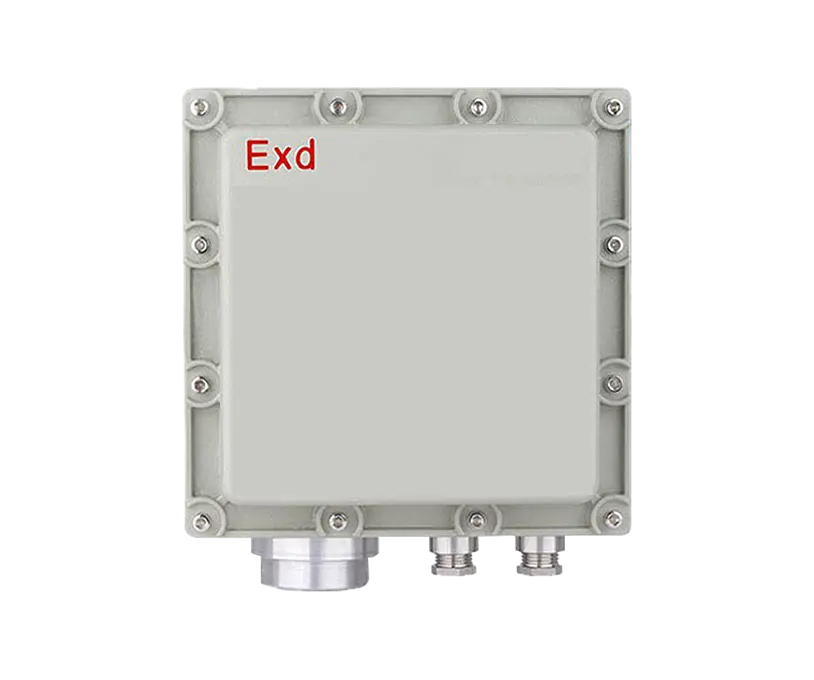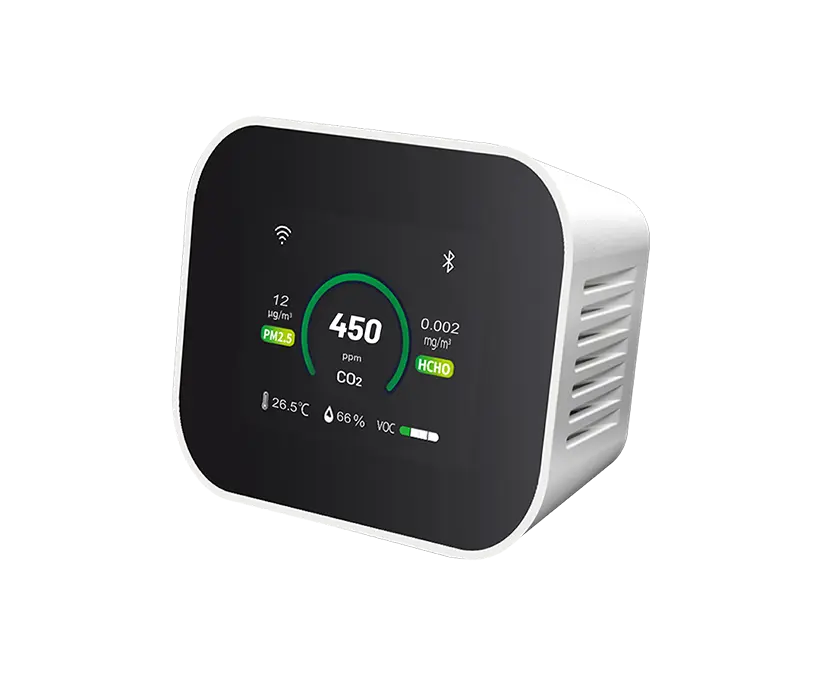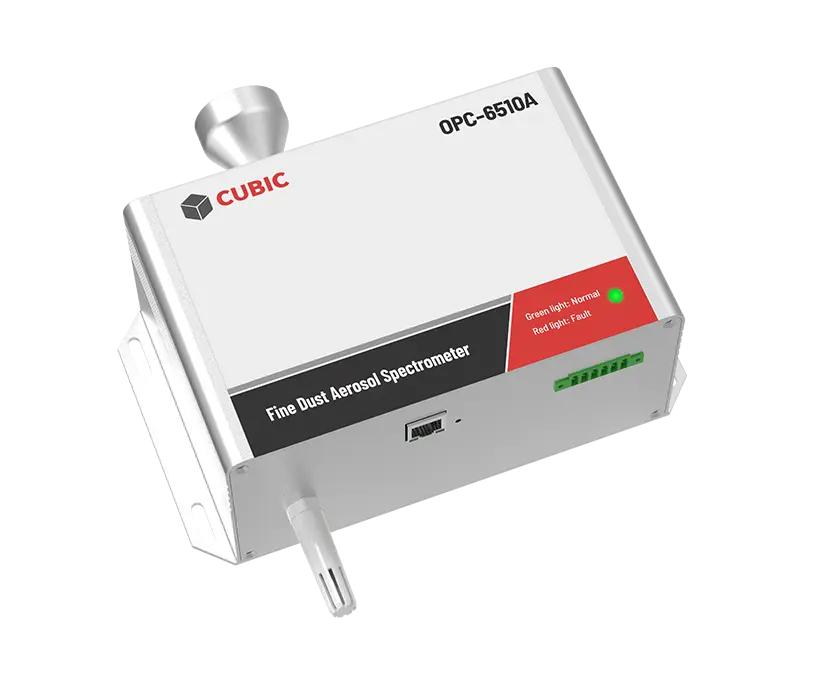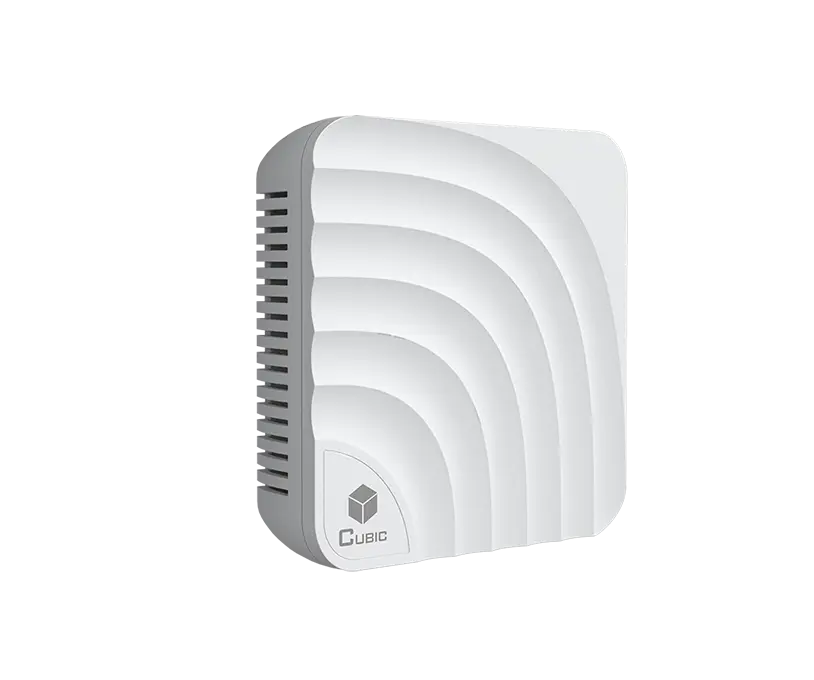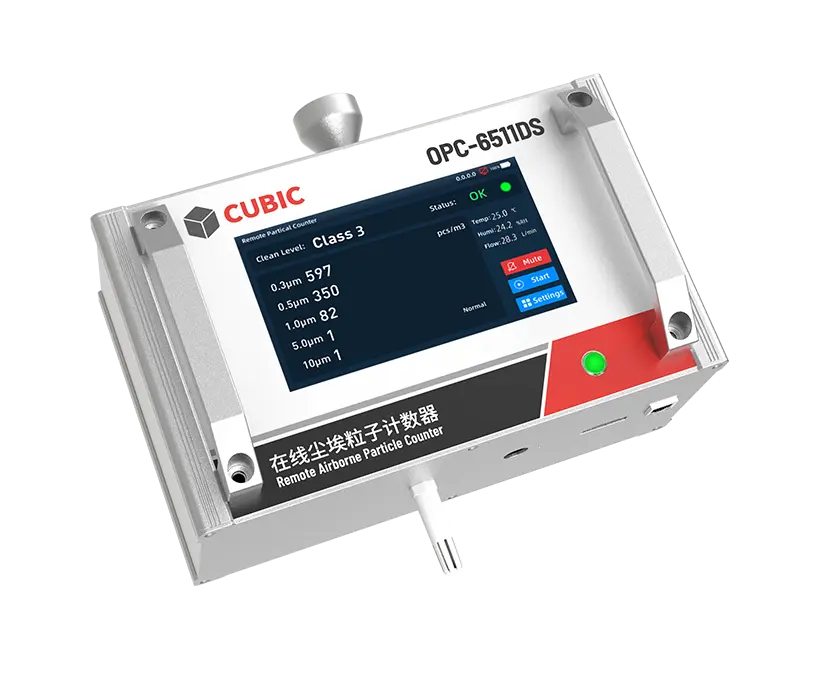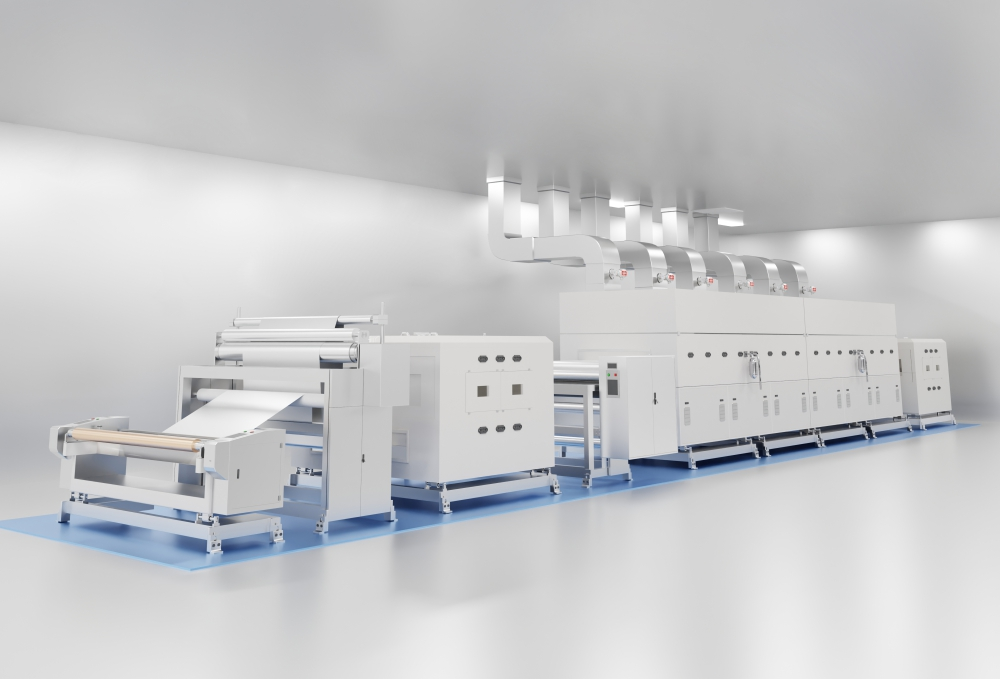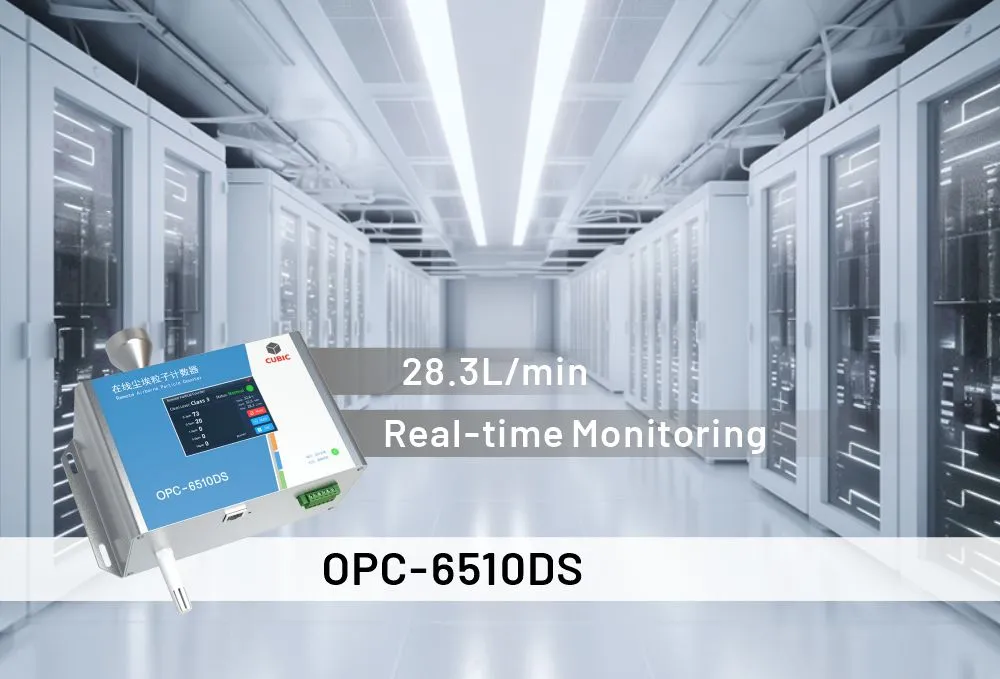The manufacturing of lithium-ion batteries requires a highly controlled environment, stringent safety protocols, and robust quality assurance mechanisms throughout every stage of production.
The process is typically divided into five core steps:
Step 1: Material Preparation
Step 2: Electrode Manufacturing
Step 3: Cell Assembly
Step 4: Formation & Aging
Step 5: Final Testing
At each of these stages, the integration of environmental air monitoring, safety monitoring, and process quality monitoring solutions ensures not only product consistency and safety but also operational efficiency and compliance with regulatory standards.
Lithium Battery Production Monitoring Demands at Each Phase

In each stage of lithium-ion battery manufacturing carried out in cleanrooms, stringent monitoring and control are crucial to ensure cleanroom compliance, product quality, safety, and operational efficiency.
In the material preparation stage, airborne particulates and humidity significantly affect the reactivity and dispersion of materials. Simultaneously, when handling high-nickel cathodes or silicon-based anodes in the material preparation stage, trace moisture can lead to oxidation or agglomeration, influencing the quality of product. Therefore, monitoring trace moisture levels and maintaining stable humidity are critical to preventing material instability and ensuring optimal conditions for processing.
During the electrode manufacturing stage, N-Methyl-2-pyrrolidone (NMP) is commonly used as a solvent in slurry processing. However, NMP is highly volatile and flammable, posing significant safety risks. Continuous monitoring of NMP vapor concentration is necessary to avoid fire or toxicity hazards.
In the cell assembly stage, electrolyte leakage is a critical risk, especially when the electrolyte is corrosive and volatile. Any leakage can result in fires, corrosion, or other safety issues, making it vital to implement leak detection systems to identify and mitigate risks promptly. Additionally, maintaining a clean environment during cell assembly is crucial to avoid contamination and ensure the precision required for high-quality production. Battery assembly also involves potential hazards, such as micro short circuits or localized overheating, which can lead to thermal runaway events. Monitoring for gases including smoke, carbon monoxide, and vaporized electrolyte is necessary to detect early signs of thermal instability, allowing for prompt intervention and maintaining safety.
The formation and aging stage is one of the highest-risk phases in battery manufacturing due to the heat, gas expansion, and structural stress that occur when the battery is charged for the first time. Monitoring gas emissions, including smoke, carbon monoxide, and electrolyte vapors, is essential for detecting abnormal behavior and preventing potential incidents. Early detection of any gas release can serve as a warning sign of thermal runaway, enabling quick response and risk mitigation. To minimize accident risks, effective fire suppression and hazard monitoring systems should be taken during the formation and aging stage.
In the final testing stage, batteries undergo rigorous inspections to ensure quality and safety. Leak detection remains a vital part of the process, confirming that no electrolyte leakage compromises the battery's integrity. Thermal runaway monitoring can assist in root cause analysis of abnormal battery cells, improving traceability and enabling continuous process refinement.
Cubic Li-Battery Manufacturing Process Sensing Solutions
To meet the monitoring demands at each phase of Li-battery manufacturing, Cubic, a leading manufacturer of gas sensors and gas analyzers, has leveraged its mature technologies of light scattering, NDIR, TDLAS, MEMS MOX, MEMS Thermal Conductivity, and Laser Raman, to develop a complete product portfolio for Li-battery manufacturing process to realize environmental air quality monitoring, process and quality monitoring, and manufacturing safety monitoring.
Environmental Air Quality Monitoring
Environmental air quality monitoring is essential in lithium-ion battery production to ensure material integrity, worker safety, and process precision. Controlling airborne air quality including particulates, humidity and temperature, prevents contamination, chemical instability, and safety hazards, and also air quality monitoring ensures cleanroom compliance with regulatory standards, supports high-quality production, and enhances operational safety across all stages of the manufacturing process.
To monitor and control the environmental air quality in the battery manufacturing environment in time, Cubic adopted its mature light scattering technology to develop a series of optical particle counters applied for particle monitoring in the cleanroom manufacturing environments, which monitors the number of suspended particles of various sizes in the air per unit volume in the cleanroom in real time.
Cubic online optical particle counters OPC-6303DS/OPC-6510DS/OPC-6511DS use Cubic's unique dust source intelligent identification module, which offers a high efficiency particle identification rate and detection accuracy. The built-in ultrasonic gas flow sensor allows for 28.3L of constant current sampling and exceptional long-term data stability. Cubic optical particle counters are designed with a 3.5-inch touch screen to show particle size information and alert prompts. When the particles reach the predefined threshold, the built-in buzzer will sound an alert, which may be useful for monitoring in panel manufacturing cleanrooms. The low-noise turbine fan sampling enables continuous monitoring with high stability and a long lifespan. It is also intended to fulfil the requirements of IS014644-1:2015, the updated version of GMP, JF1190-2008, and GB/T6167-2007 standards, making it generally applicable in cleanroom settings of Class 100, Class 1000, Class 10,000, and Class 100,000.
Furthermore, Cubic leveraged TDLAS technology to develop trace moisture sensor for humidity level monitoring, and NDIR and MEMS MOX technologies for HVAC thermostat for indoor air quality control. It enables real-time monitoring of CO₂, VOCs, and PM2.5 levels, which empowers cleanroom HVAC systems to dynamically adjust airflow, optimize ventilation, and maintain indoor particle level.
Process & Quality Monitoring
In the production process of lithium batteries, monitoring of electrolyte leakage and thermal runaway is crucial. Electrolytes generally contain flammable and toxic organic solvents and lithium salts. Once leaked, it will not only threaten the health of personnel and workshop equipment, but may also cause serious safety accidents such as fire and explosion. At the same time, thermal runaway, is often induced by minor anomalies. If there is a lack of effective monitoring, it will lead to catastrophic consequences. Therefore, deploying process & quality monitoring for electrolytes leakage and thermal runaway will effectively reduce the risk of accidents, ensuring the safety of personnel and the environment, while improving the yield of production lines to meet increasingly stringent safety regulations.
Cubic, leveraging its comprehensive gas sensor technology platform, has innovatively integrated multiple technologies—including NDIR infrared, MEMS MOX, thermal conductivity and laser scattering—to develop a set of thermal runaway early warning sensors. Cubic thermal runaway sensors effectively monitor key indicators released prior to lithium battery thermal runaway, including CO2, H2, CO, temperature, pressure, and aerosol particles. The detected signals are transmitted via CAN bus to the Battery Management System (BMS), providing a reliable and timely warning mechanism for thermal runaway prevention.
Simultaneously, Cubic applied its mature Laser Raman technology for the analysis of thermal runaway in lithium-ion batteries. As a highly sensitive molecular characterization technique, Laser Raman technology enables real-time monitoring of structural changes in electrode materials, decomposition of electrolytes, and interfacial reactions under elevated temperatures or fault conditions. During the early stages of thermal runaway, Raman spectroscopy can detect key indicators such as CO₂, CO, and changes in the solid electrolyte interphase (SEI), providing critical insights into the chemical processes that trigger instability, offering a powerful tool for understanding the progression of thermal runaway and supporting the development of safer battery materials and thermal management strategies.
Furthermore, for ensuring the safety during Li-battery manufacturing process, it is essential to take effective measures to prevent electrolyte leakage. Cubic self-developed handheld electrolyte leakage detector AM4210 is designed with a TFT LCD, which can not only detect leakage points, but also quantitatively analyze the leakage concentration in the current environment and present the current concentration data.
Manufacturing Safety Monitoring
In lithium battery manufacturing, safety monitoring is a critical priority throughout processes such as electrode coating, cell assembly, and electrolyte filling. One of the key risks lies in the use of NMP (N-Methyl-2-pyrrolidone), a volatile and toxic solvent widely applied during the slurry preparation and coating stage. Undetected NMP vapor leaks not only pose serious health hazards to workers, but also increase the risk of fire and regulatory non-compliance. Cubic’s NMP Leak Detector offers high sensitivity and fast response to low-concentration NMP gas in real time, enabling early warning and effective ventilation control to ensure occupational safety and production continuity. Meanwhile, in powder processing and battery formation areas, Cubic explosion-proof Optical Particle Counter provides reliable airborne particle monitoring even in flammable environments. Designed with ATEX-certified housings and anti-static optics, it enables accurate PM concentration measurement in hazardous zones, supporting dust explosion risk prevention and cleanroom quality control. These sensing solutions form an essential part of an integrated safety monitoring system, safeguarding lithium battery production with precision and reliability.
In the lithium battery industry, the necessity of process monitoring is becoming more and more prominent. The performance, life and safety of lithium batteries rely on accurate monitoring at all stages of the production process. From the selection of raw materials to the assembly of batteries, each step requires strict process control to prevent any potential defects or unsafe factors. Through comprehensive monitoring solutions, Cubic not only improves production efficiency and product quality, but also greatly enhances the safety and sustainable development capabilities of the lithium battery industry.
For more details, please visit https://en.gassensor.com.cn/ or contact us sales@gassensor.com.cn


